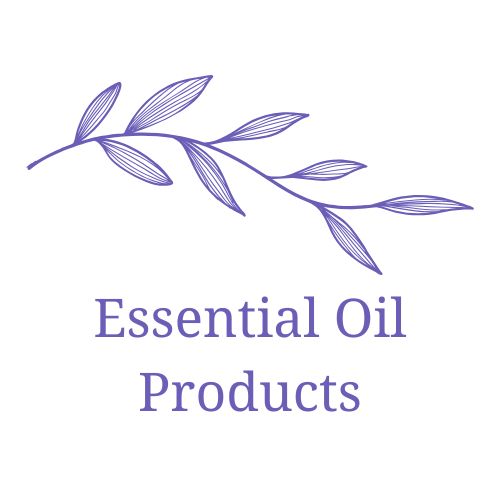Your cart is currently empty!
The Art and Science of Essential Oil Extraction: Distillation, Cold Press, and More
The Art and Science of Essential Oil Extraction: Distillation, Cold Press, and More
Essential oils have captured the attention and imagination of many, cherished for their fragrant profiles and therapeutic benefits. But have you ever wondered how these fragrant liquids come to be? The processes behind essential oil extraction, including steam distillation, cold pressing, and solvent methods, unveil a fascinating interplay of science and art that ensures purity and quality in the final product.
Understanding Essential Oil Extraction Methods
Essential oils can be extracted in different ways, and each method has its own strengths and weaknesses. The most common methods include:
- Steam Distillation
- Cold Press
- Solvent Extraction
- CO2 Extraction
Steam Distillation
Steam distillation is the most widely used method for extracting essential oils. This process involves passing steam through plant material, which helps release the essential oils. The steam carries the volatile compounds with it and is then cooled, causing the vapor to condense back into liquid form. After this condensation, the essential oils and water separate, allowing for easy collection.
The purity of essential oils obtained through steam distillation is often superior, as the method effectively captures the delicate aromas and therapeutic benefits of the plant. However, the efficiency of steam distillation can depend on various factors, including the type of plant material and the temperature and pressure used during the extraction process.
Cold Press Extraction
Cold pressing is another popular method, primarily used for citrus fruits like oranges and lemons. This technique involves mechanically pressing the outer peel of the fruit to release the oil without the application of heat. This gentle process ensures that the essential oils maintain their potency and aromatic properties.
Cold-pressed oils are often considered ultra-pure, as the absence of heat prevents the alteration of their chemical composition. However, the yield can be lower in comparison to steam distillation, leading to higher costs per ounce of oil. Nonetheless, for consumers seeking purity and vibrancy in citrus oils, cold pressing is unmatched.
Solvent Extraction
Solvent extraction is another method used to obtain essential oils, particularly from delicate flowers like jasmine and rose. In this technique, a chemical solvent—such as hexane—is used to dissolve the essential oils into a mixture. Once the essential oil is separated, the solvent is removed, often leaving residues that can affect the purity.
While solvent-extracted oils can have vibrant aromas, they raise concerns about potential chemical residues. For this reason, consumers interested in pure essential oils are advised to opt for oils that are organic certified or have undergone rigorous quality control processes.
CO2 Extraction
CO2 extraction is a newer method that uses carbon dioxide under high pressure to extract essential oils. This technique functions like a hybrid of steam distillation and solvent extraction, employing CO2 as a solvent when it’s in a supercritical state—meaning it has properties of both liquid and gas. This allows for efficient extraction without leaving harmful residues.
CO2 extraction can produce high-quality essential oils that retain a broad spectrum of compounds from the plant, making it a preferred method for those seeking ultra-pure oils. However, the complexity of the CO2 extraction process often results in a higher cost, making these oils less accessible than others.
Importance of Quality Control and Organic Certification
As essential oils gain popularity, the importance of quality control becomes paramount. Quality control measures ensure that the oils are free from impurities and meet specified standards. High-quality essential oils should ideally be sourced from organic farms that emphasize sustainable practices, as these oils are less likely to contain pesticides or harmful chemicals.
Choosing oils from reputable brands that provide organic certification can greatly enhance peace of mind for health-conscious consumers. Quality-certified essential oils undergo rigorous testing, ensuring that they meet safety, potency, and purity standards free from contaminating substances.
The Impact of Solvent Residues
The potential presence of solvent residues in essential oils extracted using solvent methods can be a concern for many consumers. While reputable brands employ strict purification processes to eliminate these residues, there can still be traces left in the oil. This is especially crucial for individuals using essential oils for therapeutic purposes or topical applications on the skin.
To avoid such issues, consumers should carefully read labels, purchasing only from brands that disclose their extraction processes and provide information on the purity and composition of their essential oils. Staying informed about extraction methods can help ensure that you’re making safe choices in your aromatic journey.
In the world of essential oils, understanding the differences between extraction methods can empower consumers to make informed choices. Whether through steam distillation, cold pressing, solvent extraction, or CO2 extraction, the focus on purity, quality control, and organic certification is essential for enjoying the full benefits that these aromatic wonders offer. By prioritizing quality and understanding these technical processes, you can find essential oils that truly resonate with your well-being.

Leave a Reply